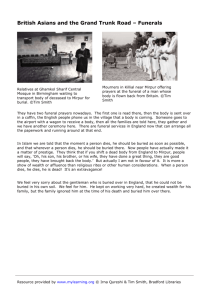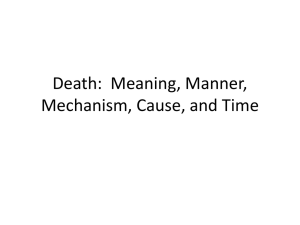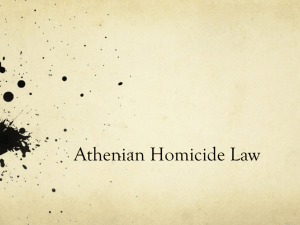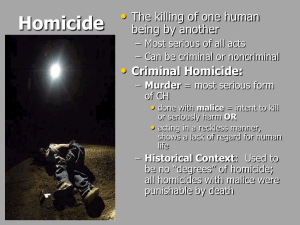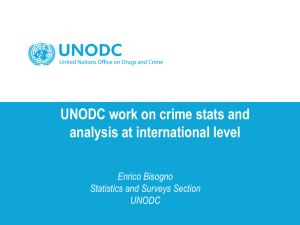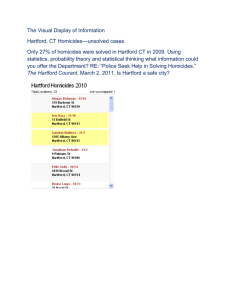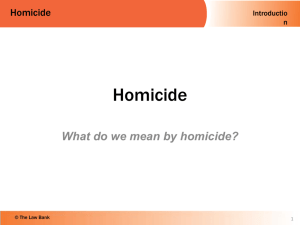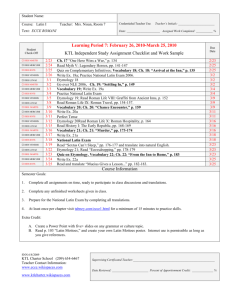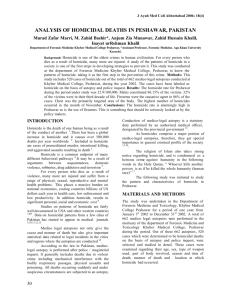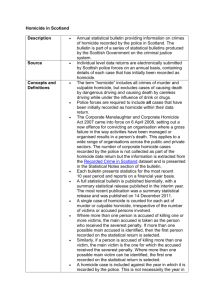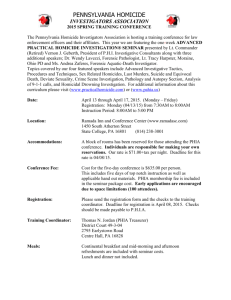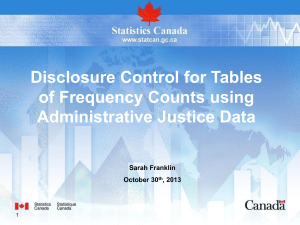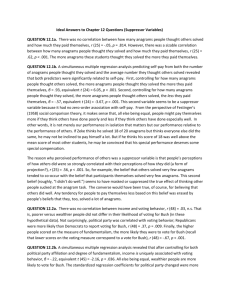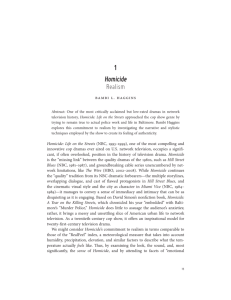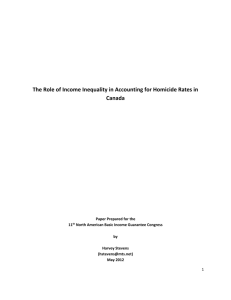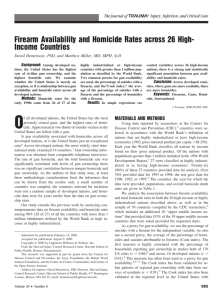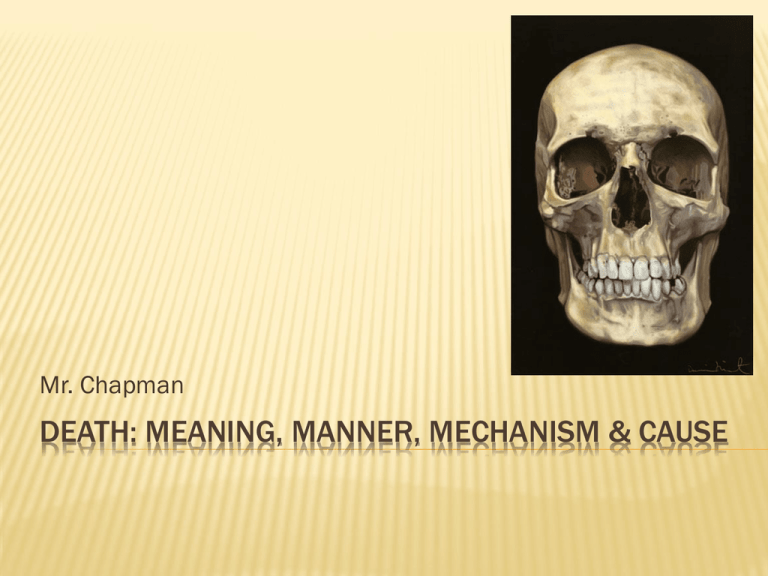
Mr. Chapman
DEATH: MEANING, MANNER, MECHANISM & CAUSE
THE 17TH CENTURY WAS SCARY
Before we were very good at medicine, anyone
with a faint heartbeat or who went into a coma
was typically presumed dead and buried.
These people often awoke to find themselves
buried alive, and people became terrified that they
too would be buried alive.
As a result, corpses started to become buried with
bells, so that if they woke up, they could ring and
alert someone. “Saved by the bell?”
DEATH IS HARD TO DEFINE
One definition of death is the cessation, or end, of life.
This definition, however, is somewhat vague.
Death is more specifically defined sometimes as the
irreversible cessation of circulation of blood, or the
cessation of all brain activity.
When is someone actually, physically dead? When do
you think?
Wikipedia article on death.
It’s easier to assume that:
DEATH IS A PROCESS
DEATH AS A PROCESS
According to physiologists, death occurs when the
heart stops beating, the cells of the body begin to
die due to lack of oxygen, and basic processes of
the body begin to fail.
Nerves, muscles, organs, and the brain stop
working.
This is known as the first stage of death –
stoppage.
CELL DEATH
When a cell dies, it breaks
down. Once enough cells break
down, life cannot be restarted.
Cell breakdown is called
autolysis.
When the cell membrane
dissolves, enzymes and other
cell contents spill out and digest
surrounding tissues.
MANNER OF DEATH
1.
2.
3.
4.
There are four ways a person can die, referred to in
official terms as the manner of death.
Natural death
Accidental death
Suicidal death
Homicidal death
* Some people consider there to be a fifth cause, known
as undetermined; only attributed to cases where cause
of death cannot be figured out by coroners and
officials.
MANNER OF DEATH
Natural death – caused by interruption and failure of body
functions resulting from age or disease. Most common
manner of death.
Accidental death – caused by unplanned events, such as a
car accident or falling from a ladder.
Suicidal death – occurs when a person purposefully kills
oneself.
Homicidal death – the death of one person caused by
another person.
MANNER OF DEATH DETERMINATION
In each of the following scenarios, identify the
manner of death that the person experienced.
1.
A man with a heart condition is attacked and dies from a heart attack
during the assault. Is the manner of death accident or homicide?
2.
An elderly woman dies after being kept from receiving proper heath care by
her son. Is the manner of death natural or homicide?
In each case, the manner of death is homicide.
CAUSE AND MECHANISM OF DEATH
CAUSE OF DEATH
The reason someone dies is called the cause of death.
Disease, physical injury, stroke and heart attack can all
cause death.
Examples of cause of death by homicide include
bludgeoning, shooting, burning, drowning, strangulation,
hanging and suffocation.
Proximate cause of death refers to an underlying cause
of death. For example, if someone exposed to large
amounts of radiation got cancer and died, the proximate
cause of death would be large amounts of radiation
exposure.
MECHANISM OF DEATH
Mechanism of death describes the specific change
in the body that brought about the cessation of
life.
Example: If a person was shot, the mechanism of
death might be loss of blood (exsanguination), or
the loss of brain function.
If the cause of death is a heart attack, the
mechanism of death is the heart stopping to beat
or pulmonary arrest.
DEATH CERTIFICATES
Often cause and mechanism of death are
included in a single statement on some death
certificates.


